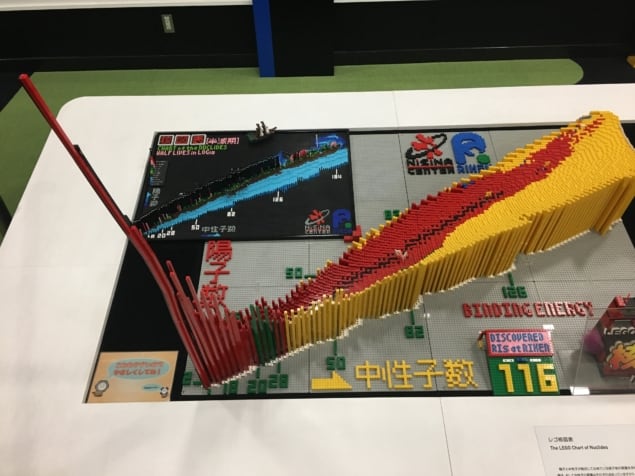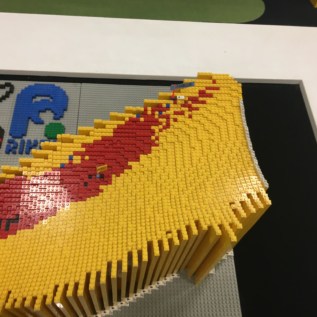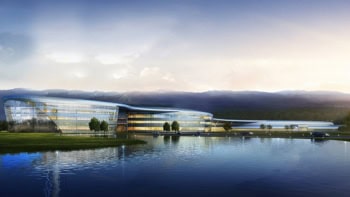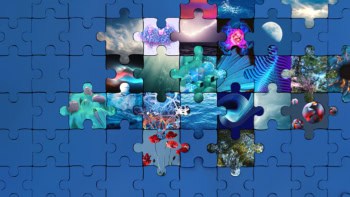
By Matin Durrani in Wako, Japan
It’s funny where chance encounters can lead.
Earlier this year, I was at a reception for science journalists at the Fenway Park baseball stadium in Boston, US, when I bumped into Jens Wilkinson, who works in the communications team at RIKEN – one of Japan’s biggest research institutions. He encouraged me to visit the lab, which was founded 100 years ago, should I ever find myself in Japan.
And so here I was at RIKEN’s headquarters in Wako, just north of Tokyo, on day two of my trip to gather material for the upcoming Physics World special report on Japan. Wako is home to the largest of RIKEN’s seven campuses, which together employ almost 2000 researchers.
Apart from celebrating its centenary this year, which included an event in downtown Tokyo with none other than Emperor Akihito, RIKEN has been in the news for its discovery of element 113. Created at the RIKEN Nishina Center for Accelerator-Based Sciemce by smashing zinc nuclei into a bismuth target, the element was last year officially named “nihonium” (Nh).

As Kouji Morimoto from RIKEN’s research group for superheavy elements explained to me, nihonium’s name comes from “Nihon” – one of two alternative names for Japan, both of which mean “land of the rising Sun”. The other name – “Nippon” – was not allowed to be given to the new element as it had been used by the Japanese researcher Masataka Ogawa in 1908 to describe an element with an atomic mass of 43 that he thought he’d discovered. Unfortunately, what Ogawa had actually found was what we now call rhenium, which has an atomic mass of 75. And because “nipponium” had been previously used in error, the rules stated it couldn’t be used again. So nihonium it was.
You can see it on the close-up of the LEGO model (right) picked out with a tiny flag.

Naming the element was the least of the RIKEN team’s worries. As Morimoto pointed out, creating nihonium was a huge feat, given that zinc and bismuth nuclei fuse just once in a 100 trillion collisions in their lab. In fact, the experiment took 500 days of beam time and even then the team created just three solitary atoms of nihonium.
Now if you think this kind of research has no relevance to everyday life, you’re wrong. Hiromitsu Haba, who leads RIKEN’s RI applications research group, described how the radioactive isotopes created at its Radioactive Ion Beam Factory (RIBF) are used in everything from pharmaceuticals and industry to engineering and medicine.
One isotope in particular – astatine-211 – is shipped to researchers across Japan who want to see if it can be used to treat cancer. Astatine-211 releases alpha particles with energies that are good at killing tumours, while leaving surrounding tissue more intact than rival beta-particle-emitting radioisotopes.

Haba also mentioned another interesting application of RIKEN’s heavy-ion beams, which is to breed a new kind of yeast that’s been used to create a special kind of sake rice wine. Three types of sake are brewed using the new yeast and have been on sale since 2011. I wonder if they were served to the emperor at RIKEN’s centenary celebrations? It’s one question I forgot to ask…


